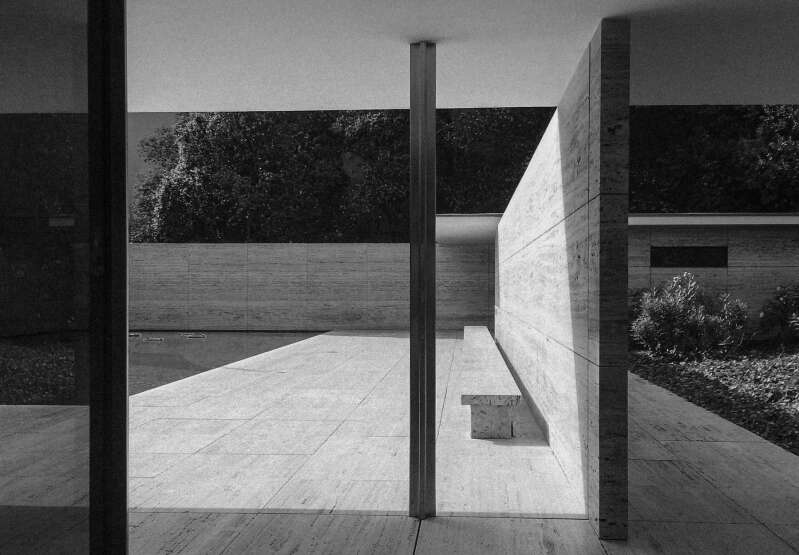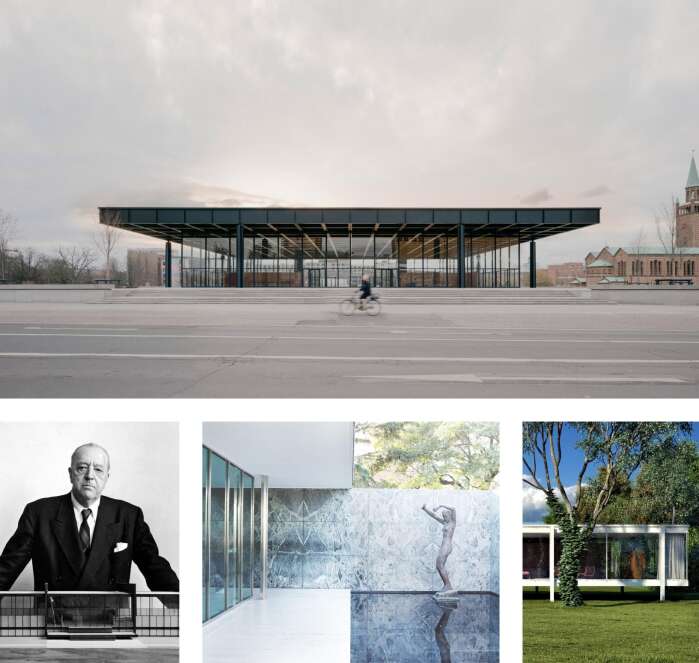
ALMA DE LUCE® designs MIES pieces to honor one of the pioneering architects of the modern movement. His creative thinking allowed him to create beyond everyday life, it was an instrument of reflection and transformation in the way of thinking and understanding the world, bringing beauty and renewal.
Born in 1886 in Aachen, Germany, Ludwig Mies, later known as Mies van der Rohe, was the son of a bricklayer. His legendary career began humbly by helping his father as a stonemason, which gave him the basics of material and structure. Mies, who never had a formal education in architecture, is how he gained an early appreciation for form, material, and structure.
Over time, with the careful development of his craft, Mies began to develop his own very distinct modernist style. In common with contemporaries Le Corbusier and Walter Gropius, Mies was concerned with the intersection of form and function. Where he differed from his modernist contemporaries, however, was in his emphasis on minimalism. The famous minimalist aphorism “less is more” was popularized by Mies and is widely attributed to him, although the term itself was coined by the man who enlisted the young Mies as an apprentice, Peter Behrens.
Afterward, when he moved to Berlin, he began working with interior designer Bruno Paul, before joining the office of Peter Behrens, an architect, and painter at the forefront of the modern movement.
During this period, Mies van der Rohe owns some pieces of furniture, where he applies old craft techniques, which would become particularly famous to this day, such as the Barcelona Armchair (and table) or the Brno Chair.
His most famous project, the Pavilion of the Universal Fair in Barcelona, dates from this period: a heavy structure, supported by thin metallic pillars and consisting essentially of vertical and horizontal planes.
